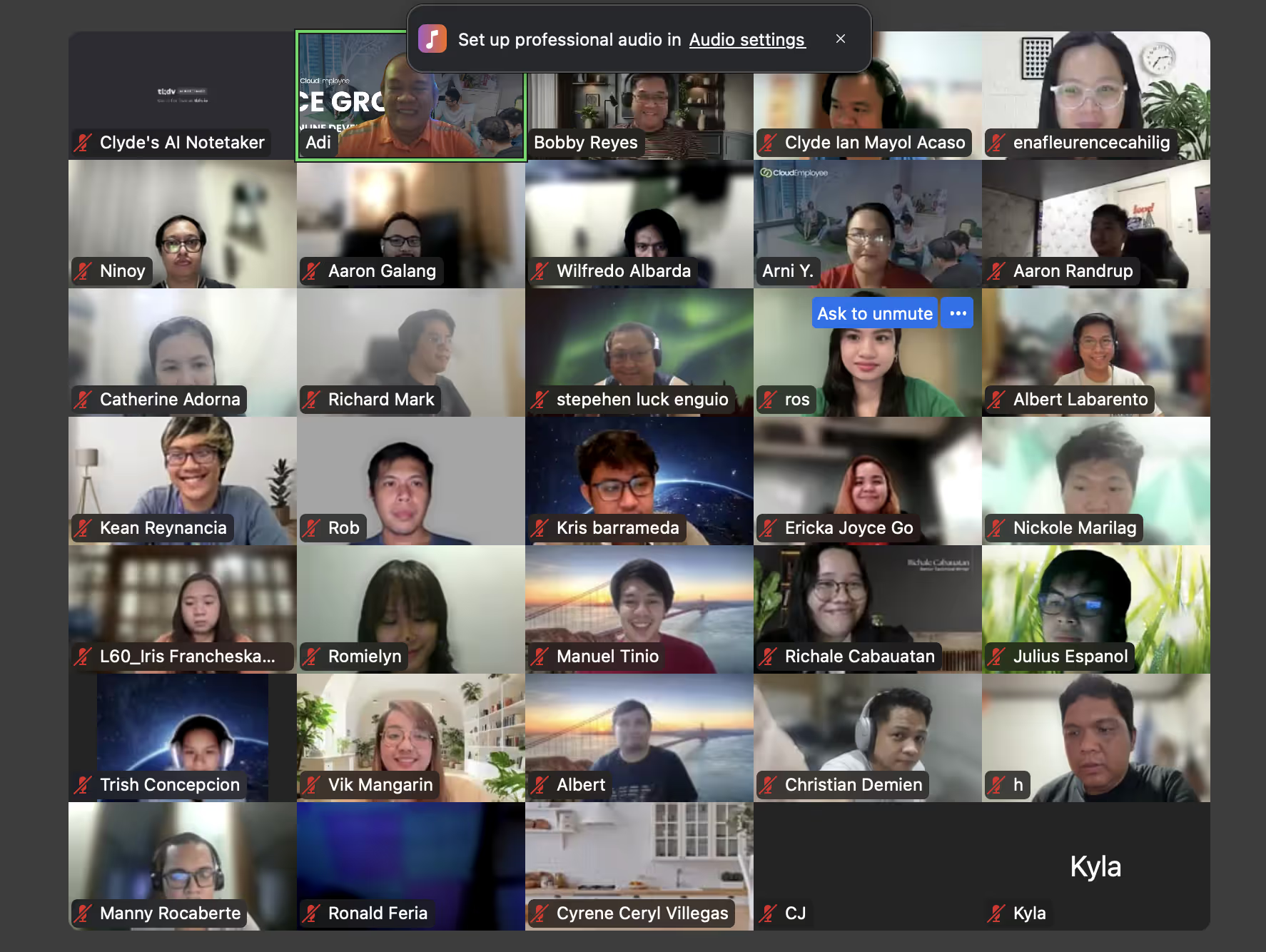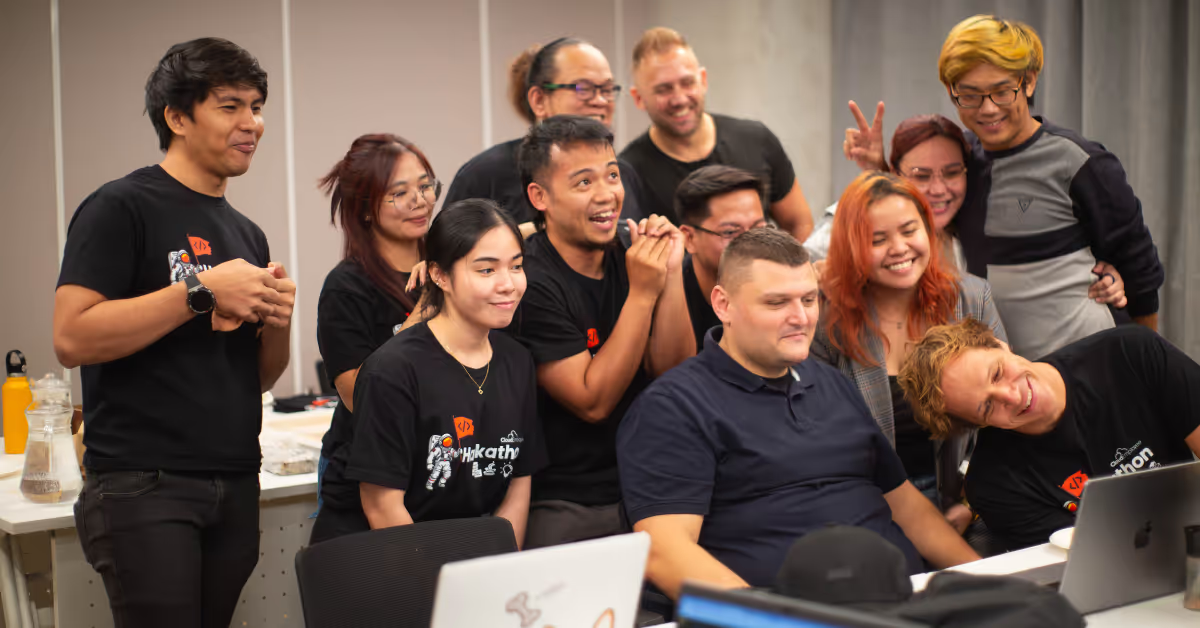Artificial Intelligence is no longer a futuristic concept. It's here, embedded in decision-making systems, customer support platforms, and productivity tools. But as a CTO and decision maker, I constantly remind myself and my team that the power of AI comes with an equally critical responsibility: to validate, secure, and govern it with intent.
Why AI Validation is Non-Negotiable
Deploying AI without validation is like releasing an intern with decision-making authority over your customers' experience, your brand, and your data. Here are the core pillars every company must validate:
- Model Accuracy & Performance: Always test against real-world data. Validate outputs regularly and track drift. A model that performed well three months ago may not today.
- Hallucination Monitoring: Large Language Models (LLMs) are known to fabricate facts. Build tests that cross-check AI outputs against trusted datasets or sources. Implement human-in-the-loop for high-stakes decisions.
- Bias & Fairness Audits: Validate that your AI does not discriminate based on gender, race, location, or other sensitive parameters. Use explainability tools (like SHAP, LIME) to probe model decisions.
- Business Impact Simulation: Before going live, simulate the business processes AI will impact. Create test environments that mimic real interactions and study outcomes.
What is a "Secure AI Environment"?
A secure AI environment should meet the following minimum requirements:
- Data Isolation: Separate training, production, and client-facing environments. Ensure tenant isolation in multi-client systems.
- Encryption: Both in transit and at rest. All inputs and outputs should be secured.
- Access Controls: Only authorized roles should access sensitive data and model configurations. Use IAM with detailed auditing.
- Model Hosting Security: Self-host or choose a provider that complies with SOC2, ISO27001, or equivalent standards.
- Input Validation & Output Monitoring: Sanitize inputs to avoid prompt injection. Continuously monitor output logs for anomalies or failures.
Risk Exposure When AI Faces Clients
When AI becomes part of your client experience, your risk landscape changes:
- Reputation Risk: A hallucinated response can destroy trust.
- Compliance Risk: Improper handling of personal data (e.g., via chatbots) could breach GDPR or HIPAA.
- Operational Risk: AI might automate the wrong workflows without proper guardrails.
Mitigation starts with transparency. Clearly communicate when users are interacting with AI. Offer opt-outs and feedback loops. Regularly review logs and edge cases.
Final Thoughts
AI will increasingly shape how we work and serve customers. But that doesn’t mean it should run wild. Validation and security are not blockers – they’re the enablers of long-term trust. As a business leader, it’s your duty to ensure AI systems reflect your values, protect your data, and deliver measurable business value.







